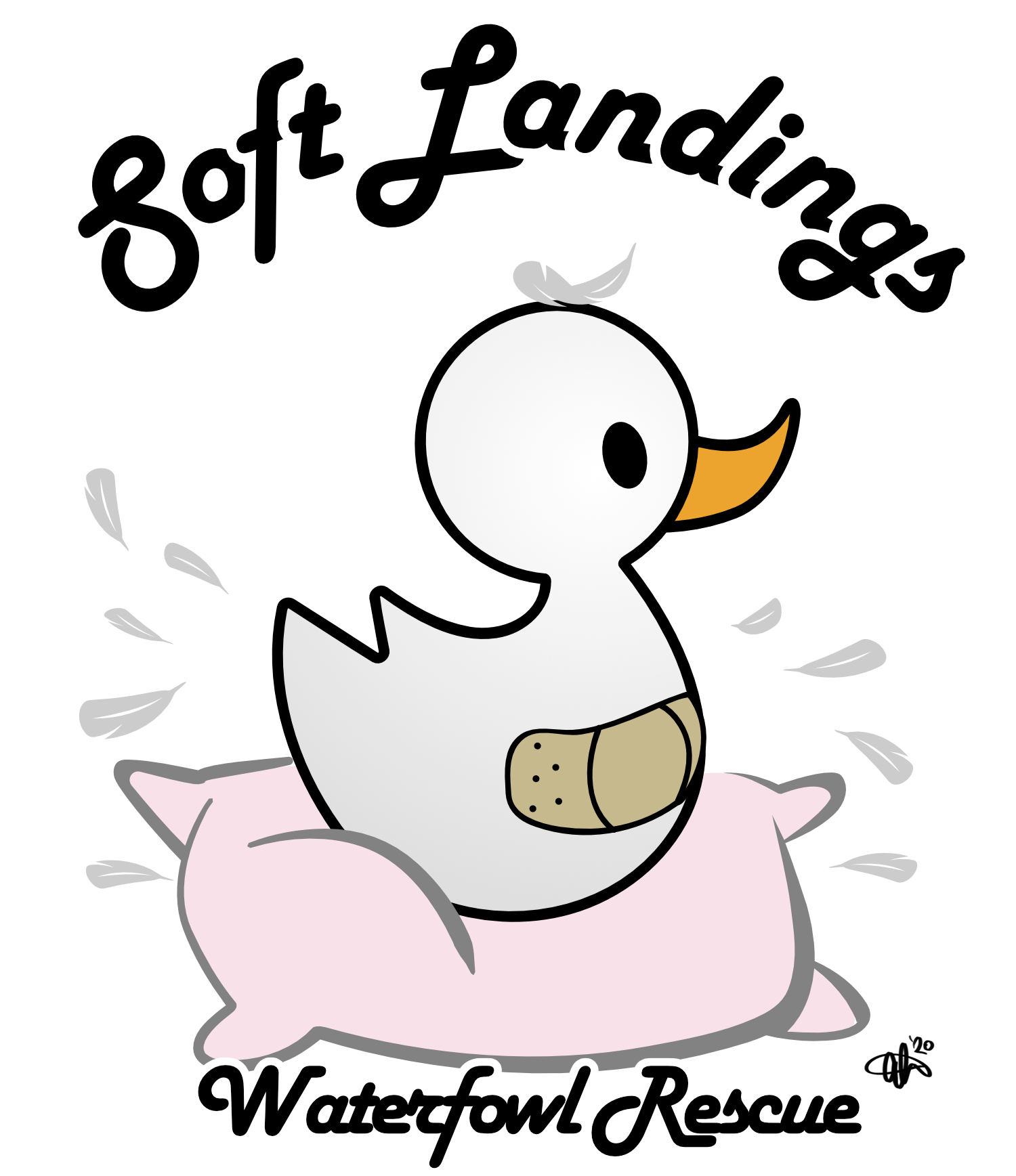A common question for those entering the world of waterfowl is: what is the difference between a domestic and wild duck?
In the case of ducks the word domestic is used in the same way that we consider most farm animals domesticated. In other words, a domestic duck breed has been bred as a source of meat and eggs. This results in a duck with a relatively large, heavy body and higher rate of egg laying than in wild breeds. Because the ability to fly would make the husbandry of domestic ducks more difficult, the wings of domestic breeds are typically shorter than the wild breeds.
To illustrate the differences lets look at one of the most recognizable breeds of wild and domestic ducks. The odds are that if you have not seen a Mallard duck in the wild you have seen one on TV. Their iridescent green heads are difficult to miss and makes them a favorite for nature films and photography. Mallards average a little under 24 inches in length, weigh about 2.5 pounds and have a wingspan of a little under 3 feet.
Now let’s compare that to a common breed of domestic ducks, the Pekin. These are the large white ducks with the bright yellow bill. If you are now thinking of the bird from the Aflac commercials you have the right idea. Pekin ducks average 2.5 feet in length and weigh around 10 pounds. With a weight that is 4 times that of a Mallard they would need considerably longer wings to fly yet in many cases their wings are only as long, if not actually shorter, than a Mallard’s.
You may have seen a Pekin duck run then flap its wings and fly for a short distance when it felt threatened or saw a particularly tasty morsel. While they are capable of very short distance flights, they are not capable of the height or range that would allow them to leave the area of a predator or to find a new pond or lake if the one they are left with can no longer supply the food that they need.
Why setting a domestic duck “free” is not as kind as many think.
It is easy to fall in love with young chicks. Their fluffy bodies and awkward gait make them adorable and their willingness to bond with anything from humans to other pets makes them endearing. However as they grow their needs change and some find that caring for a full sized duck does not fit their household. Often, the result of this is that the duck is released, with the best of intentions, at a local park or pond where there are already other ducks present.
While all ducks do share common needs for habitat and food the domestic breeds are at a severe disadvantage in the wild. Even a city park can be a dangerous place for a bird with threats ranging from dogs, raccoons and other predators to garbage and fishing lines. Their inability to fly leaves them vulnerable to predators and their familiarity with the ways and things of humans can lead them to explore, rather than avoid, refuse that can cause them harm. When raised in a family with other pet animals, a duck may approach a danger such as a wild dog expecting to find a friend.
